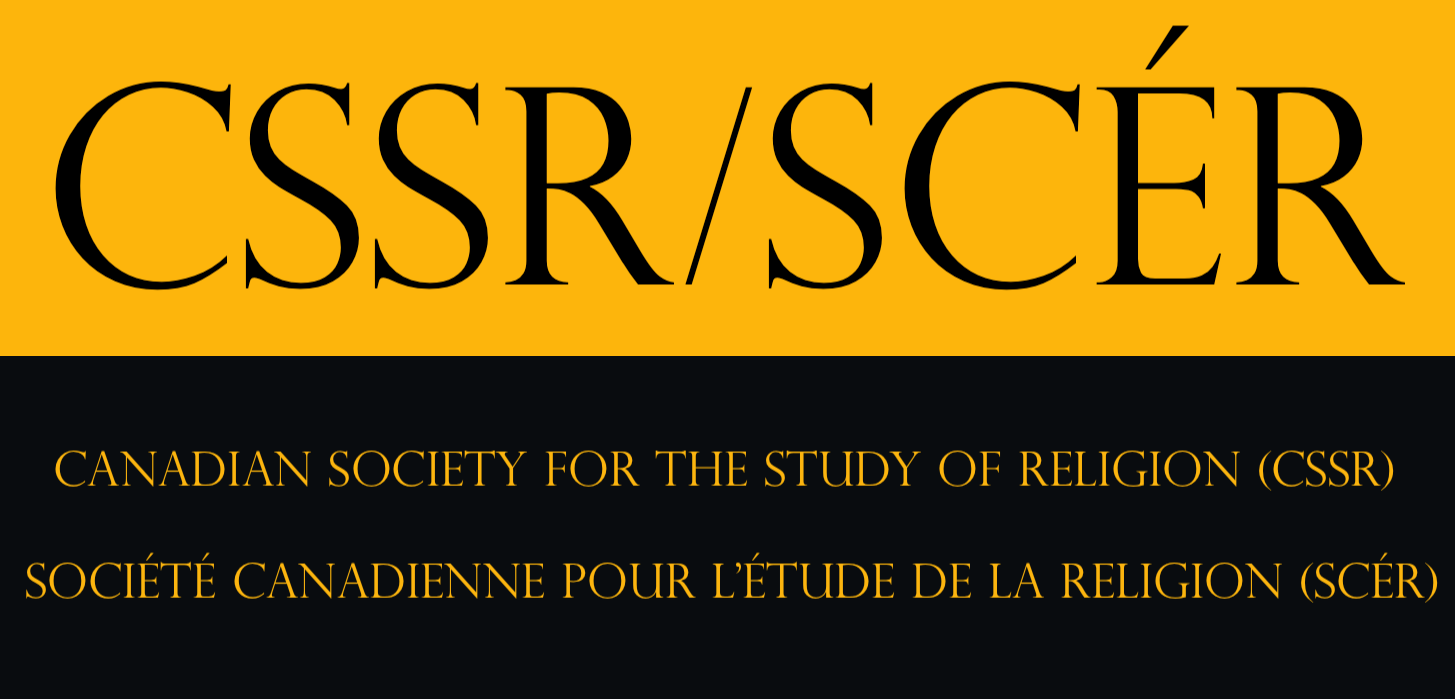Routledge anthology on New Media and Hinduism
CALL FOR PAPERS: Routledge anthology on New Media and Hinduism
Digital Hinduism
Edited by Murali Balaji, Ph.D and Vamsee Juluri, Ph.D
Hinduism’s ancient history and diverse practices have often become lost in translation, a result, on the one hand, of the inherently subtle, fluid and complex nature of religious and philosophical meanings, and on the other, a consequence of the powerful political and epistemological legacies of colonialism and postcolonial modernity, the enduring “othering” of Hinduism, so to speak.
Even the term “Hindu” has therefore become a contested site in academia and across the expanse of the global Hindu Diaspora. Its articulations have been shaped in conjunction with and sometimes in contrast to the politics of the Indian Subcontinent. However, the proposed anthology takes as its starting point the recognition that global Hinduism is far too complex and cannot be reduced or essentialized to Indian nationalist politics and debates over secularism.
Instead, we propose that Hinduism in the digital age has ushered in a much wider and deeper transformation in how Hindus understand their faith, communicate it with one another across national borders and across generations, and how they seek to represent it to others (and contest, increasingly their own representation by mainstream and dominant narratives). We recognize that the internet has provided new opportunities – and challenges – in articulating a narrative that speaks to Hinduism’s global expanse.
In this anthology, we seek to show how the digital age has transformed the way Hinduism is communicated – and practiced – across the world. From online worship services and philosophical forums, articulations of LGBT Hindu identities through online portals, devotional social media sites and non-Indian Hindu bloggers, to the iterations of Hinduphobia on various web portals, this anthology reflects the diverse and interdisciplinary scholarship resulting from an ancient religion’s interactions with new media.
We invite abstracts from potential contributors on, but not restricted to, the following topics:
-the use of internet puja (prayer) services by devotees in the diaspora
-the use of webpages, social media, and internet interfaces by traditional temples
-the social media practices of international and new age Hindu groups and movements such as the Art of Living Foundation, Isha Foundation, Sathya Sai Organization, Amma etc.
-the production philosophies and practices of digital Hindu media outlets (such as Hinduism Today)
-the implications of digital simulation practices (such as photoshopping) for the visual culture of devotion in Hinduism, as well as controversies (such as the recent furore over a morphed photo on twitter comparing Goddess Kali to the ISIS terrorists beheading a hostage in Iraq)
-the implications of animation technologies for reimagining mythology, and devotional art
-the internet dimensions of the current debates in India and the diaspora about “myth” and “history”
-the use of internet/digital metaphors and ideas in popular retellings of Hindu stories (for instance, the magic box used by the goddesses in the popular 1956 Telugu movie Maya Bazaar is often described by contemporary viewers as a “laptop”) and the predication of ancient Hindu civilizational identity on technology, more broadly
-the racist, sexist and misogynist mis-representation and distortion of Hinduism and Hindus on Hinduphobic websites and implications for debates about free speech and hate speech
-the changing aesthetics and ‘crossover’ implications of new imaginings of myth and sacred art in digital media (for example, Nina Paley’s Sita Sings the Blues controversy; the WSJ article about the hypermasculinization of the gods in new artists’ vision etc.)
-overlaps between earlier modern forms of sacred art such as the calendar, and new technologies in representation
-the use of social media by more overtly political Hindu student groups and others and changing definitions in online debates over Hinduism, secularism and Hindu nationalism. (*)
Please submit an abstract by May 15 for full consideration. Full drafts will be expected by August 30.
Word Count: 6,000-7,000 words
Style: APA style
About the editors:
Murali Balaji is Director of Education and Curriculum Reform for the Hindu American Foundation. He received his PhD in Mass Communication from Penn State University in 2009. A Fulbright Specialist and award-winning former American journalist, he has taught at Temple University, Penn State University, and Lincoln University, where he served as Chair of the Department of Mass Communications, overseeing assessment and curriculum building efforts. His research focus is on political economy and the cultural production of identity. Dr. Balaji is the author of several books, the editor of Thinking Dead (2013, Lexington Books) and the co-editor of the seminal anthologies Desi Rap (2008, Lexington) and Global Masculinities and Manhood (2011, University of Illinois).
Vamsee K. Juluri is a professor of media studies at the University of San Francisco. He received his PhD in Communication from the University of Massachusetts in 1999. His research interest is in the globalization of media audiences with an emphasis on Indian television and cinema, mythology, religion, violence and Gandhian philosophy. He is the author of Becoming a Global Audience: Longing and Belonging in Indian Music Television (Peter Lang, 2003/Orient Longman, 2005), The Mythologist: A Novel (Penguin India, 2010), Bollywood Nation: India through its Cinema (Penguin India, 2013), and Rearming Hinduism: Nature, Hinduphobia and the Return of Indian Intelligence (Westland, 2014). His work has been published in journals such as Communication Theory, Television and New Media, European Journal of Cultural Studies, and Critical Studies in Mass Communication and in various scholarly anthologies on globalization, audiences, and Indian cinema.

